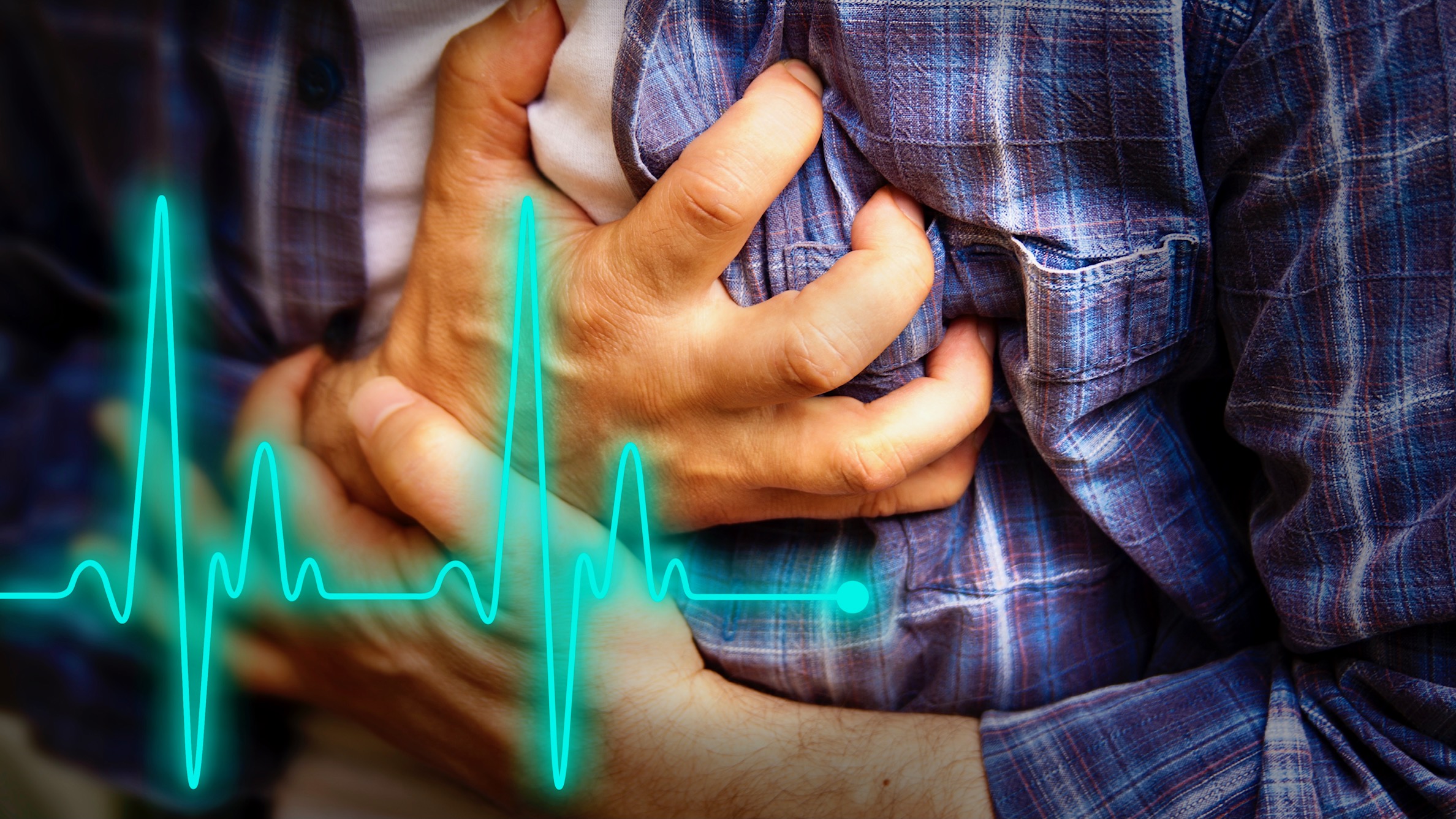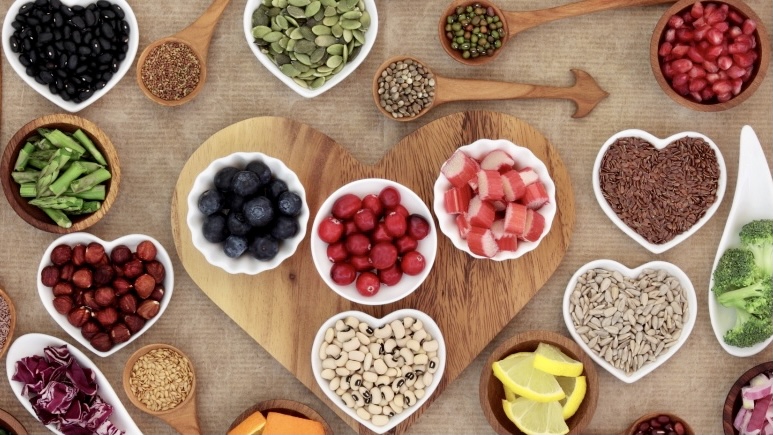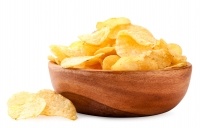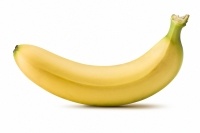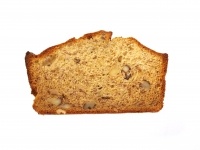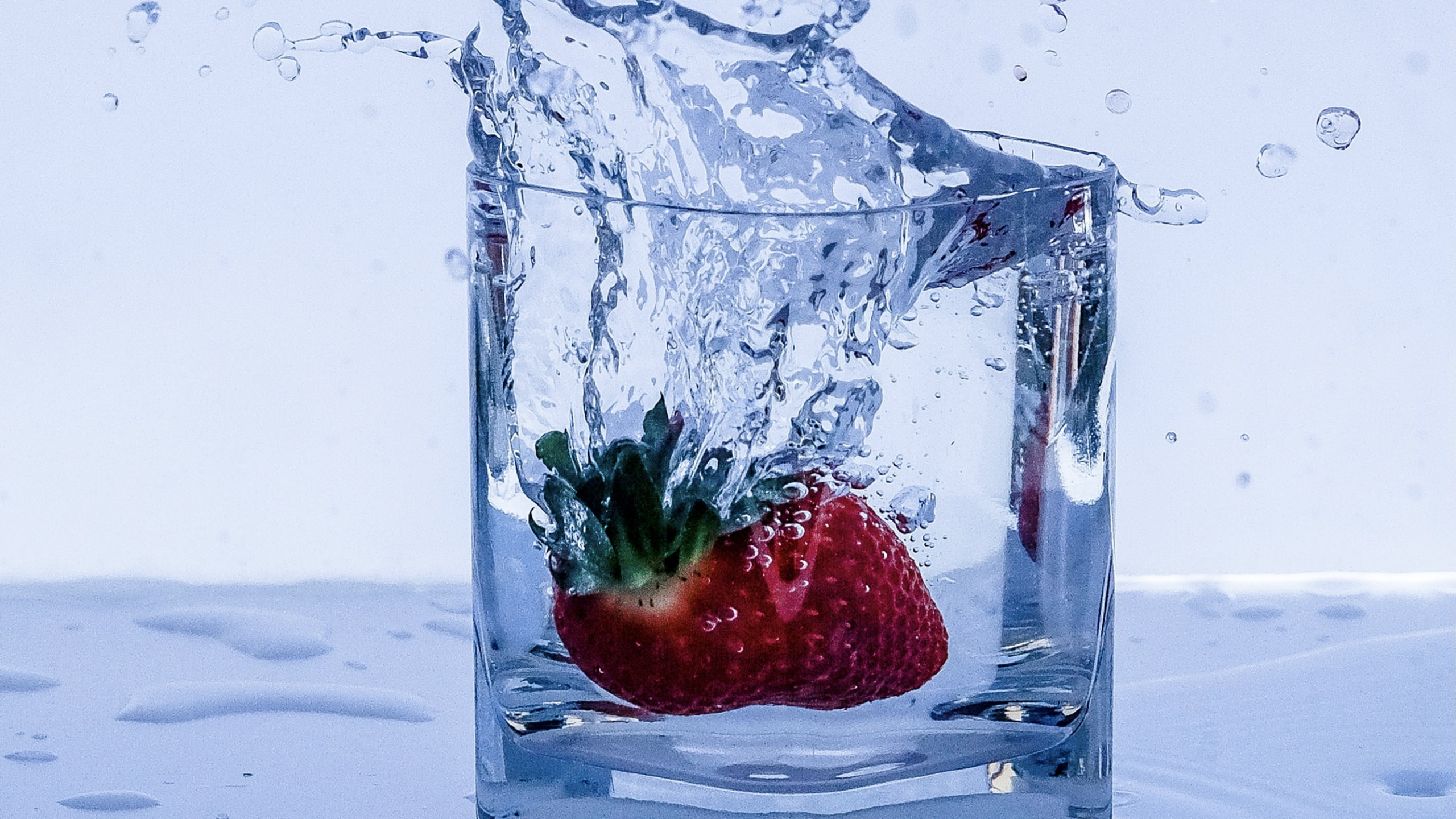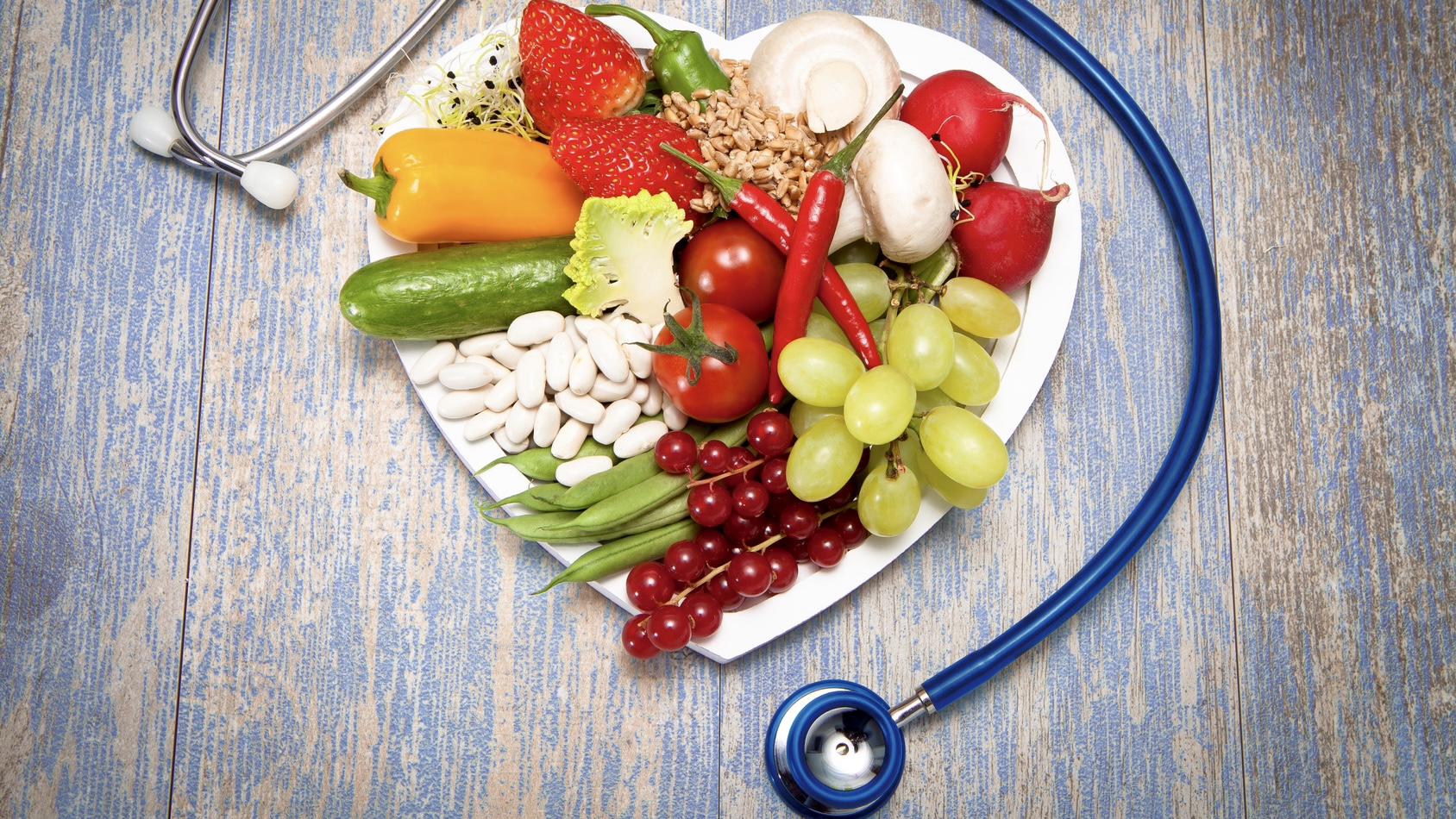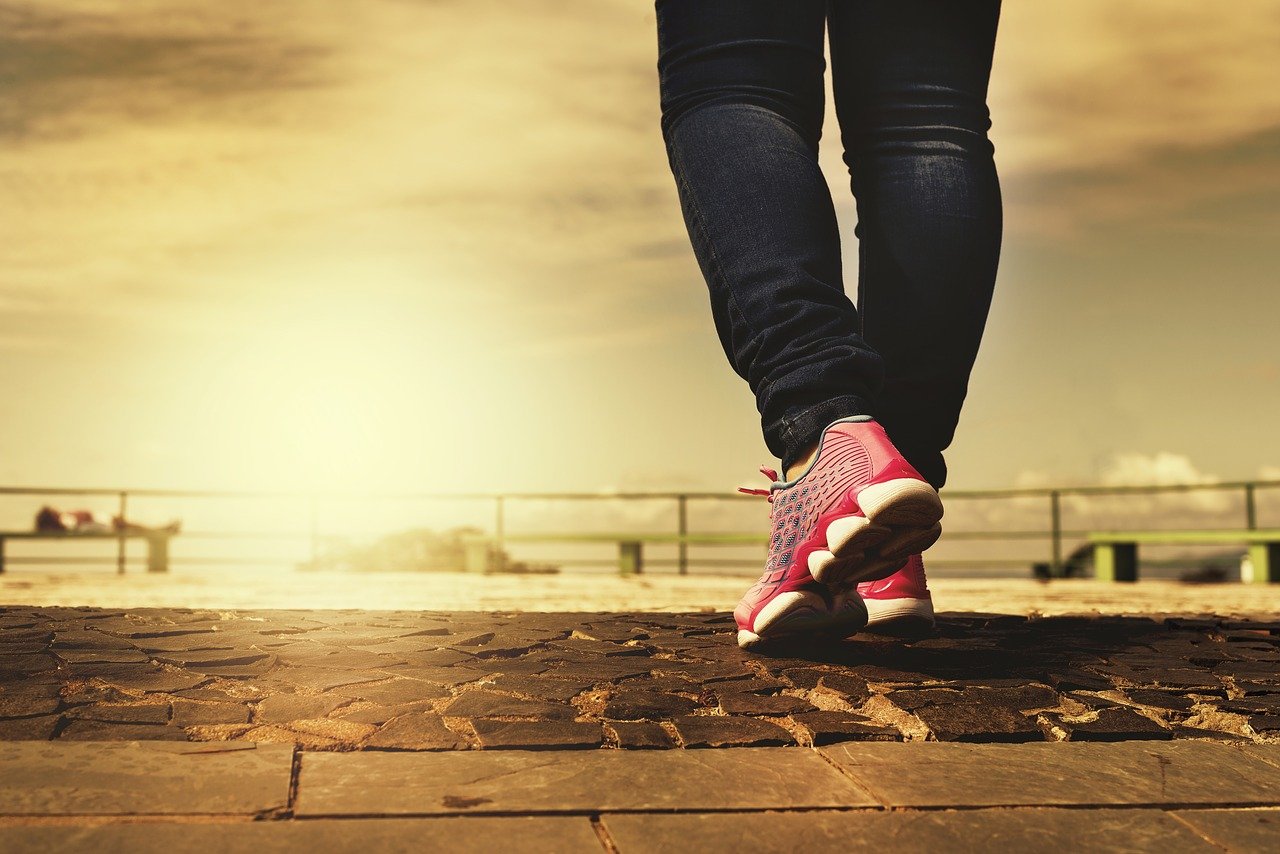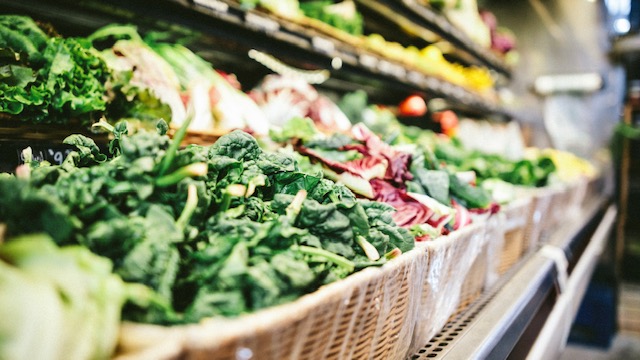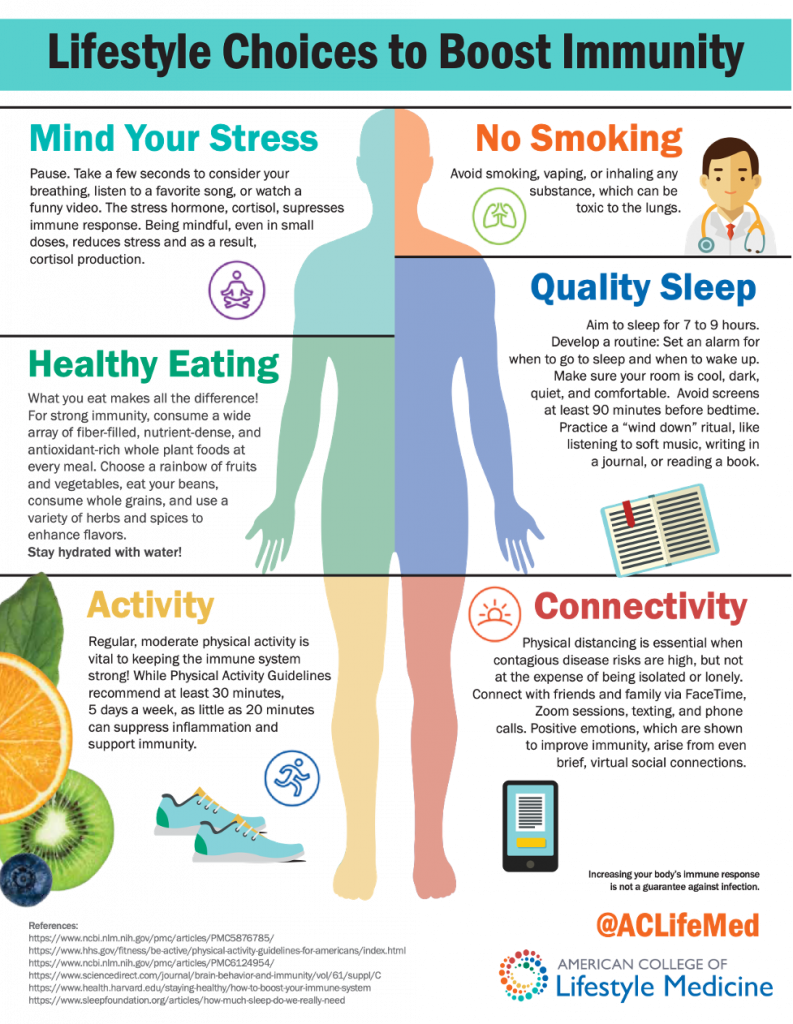By Russ Palmer (written on April 8) … Two weeks ago, today at this very moment, God set His plan into motion to save my life. It would be a carefully orchestrated tapestry of miracles that would culminate in His victory over my death and the continued beating of my heart even where there was no earthly explanation as to how or why.
It began with the most severe chest pain I’d ever felt in my life. I tried changing positions as best as I could while laid up on the couch with my torn Achilles. The pain kept getting worse until it became the most intense pressure I’d ever felt. It was a crushing pain like someone trying to stomp out my life. It was an impending doom kind of pain like I was about to die.
I started sweating profusely and it became extremely difficult to breathe. It was at this moment that I dropped to the ground from the pain. I assume this is when most people drop dead from a widow-maker heart attack.
Then I felt the most intense, stabbing pain in my left arm and them my arm went numb. That’s when I knew it was a heart attack. I pleaded with God for more time with Sully, my son, who recently celebrated his first birthday, more time with my family. I prayed to God for deliverance: “DELIVER ME” I almost yelled to God as I was writhing around on the floor in pain.
And even though I dropped to the floor, I didn’t drop dead. By God’s grace, I was able to pull myself back up onto the couch. I was home alone and I needed to call someone so I wouldn’t die there on the couch, alone. My phone had dropped to the floor when I fell. When I looked down, the screen had opened up to the most recent call. And there, in red, was my wife Sarah’s name.
I would later find out that I had no missed calls from Sarah that day that would’ve caused her name to show up in red on the recent calls list. But there it was and all I had to do was push her name to call her. I could barely speak but I knew I had to tell her, “I’m having severe chest pain and numbness in my left arm and I think it might be a heart attack” and she would spring into action.
She said “I’m calling 911!” And I, while actively having a heart attack, foolishly replied, “But I don’t have insurance! Can you just come get me?” While she was still on the phone, I asked God to deliver me one more time with all the faith that I had left. Then we lost the connection. But I never lost connection with the Miracle Worker, and now He would step in and perform the most amazing miracle of this whole story.
In this sacred and holy moment, the pain in my chest COMPLETELY went away! The pain came back a few moments later, but for that small window I felt sweet, sweet relief. Zero pain whatsoever. Sarah would later speculate that it was at that moment that my blood was redirected around the LAD artery to offshoot vessels called collateral vessels. A heart scan hours later would prove that I had no such collateral vessels.
Looking back on this miraculous story, I have come to believe that when my blood had nowhere else to go, Jesus just stepped in and literally kept my heart beating! Maybe he massaged my heart as a surgeon would in open heart surgery or maybe he just spoke the words to make it so. I can’t wait to ask Him someday. But that’s why I believe the pain subsided. Almost as if God was telling me I was going to live.
From that moment on, I never once thought that I was going to die. Sarah called me back and stayed on the phone with me. I remember telling her the pain had subsided. She asked me if I could get up and take some aspirin. I tried as hard as I could to stand up, but I just did not have the strength. I felt like I was sinking into the couch. I felt like if I moved even an inch, I was going to pass out. Then she said, “I’m almost there. You have to get up and move to the front door.”
When she got there and saw me sweating profusely, my face, pale and almost lifeless, she knew I was having a heart attack. She said “Can you make it to the car?” Once I saw her, I believe God gave me the strength to stand up and walk, so I put my full weight on my torn Achilles and started to walk to the door mid-heart attack. I walked outside in shock and disbelief. Was I really having a heart attack?
It must have been pure adrenaline and the power of Jesus that was allowing me to put weight on my foot because I did it without feeling any pain. I know God was helping me walk. Maybe he was carrying me. I got in the car and she rushed out in a whirlwind going 60 mph down our little street.
Sarah swerved through traffic cones and pylons and through parking lots to get around red lights all the while asking, “God are you with us?” But all I heard were my own prayers for God to keep us safe on the road and to save my life. She knew right where to go and just who to call to warn them that I was coming. “I’m a provider,” she said, “and I’m bringing in my husband and he’s having a heart attack.”
What she didn’t know was that they had someone in the Cath lab preparing for a scheduled stent. They immediately got him out so they could prepare it for me. When we arrived, they rushed me into the ER where they placed an IV in my arm and in wrist, ran an EKG, and confirmed I was having a heart attack.
When she asked how long until I could get into the Cath lab, they said “We are taking him there right now.” I waited on the Cath lab table with intense chest pain for a few minutes as everyone kept telling me, “We’re almost ready to start. We’re just waiting for the doctor to get here.”
I would later find out that the doctor wasn’t even on site. She was driving 100 mph to get there to deliver that lifesaving stent to me. Once she arrived, she put the line through my radial artery to my heart. Then all of a sudden, the pain subsided once again, but this time for good because the stent was in.
The doctor came right up next to my ear after the procedure and told me I was going to be okay. Then she said those unforgettable words, “Now you have a second chance.”
I believe God worked so many miracles that day to make sure that I did have a second chance at life. He delivered me from death that day. The odds say I only had a 12% chance to live, but God defied the odds. Even the impossible is possible for Him.
This ordeal reminds me of Daniel’s three friends who walked through the fire which only burned the ropes that bound them. But they were not alone. Jesus walked with them. In the same way, He was with me and this “fire” of mine burned free the ropes of bondage to do it right this time, and to experience life and health more abundantly,
I almost died from this heart attack. You might not be so fortunate. Next week, let me share with you what I have learned that I could have done to prevent this and maybe save your life as well.
–Russ Palmer is a worship leader and member of the Littleton church; photo by iStock
